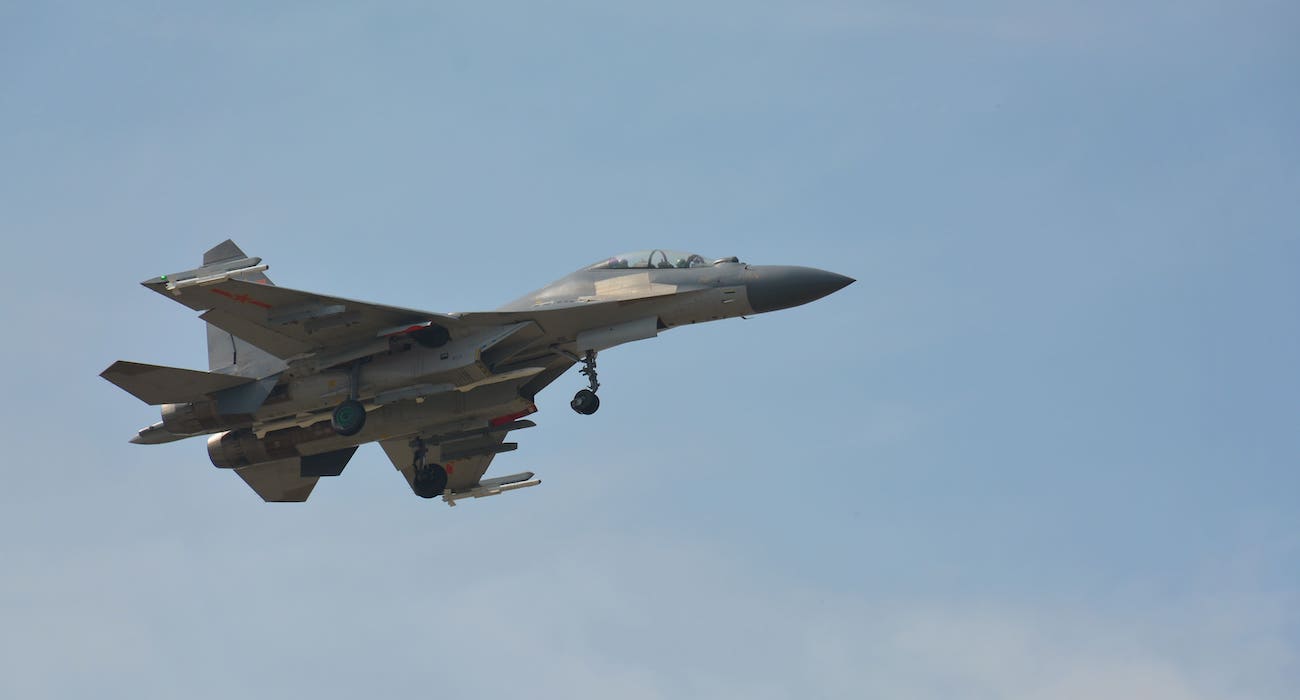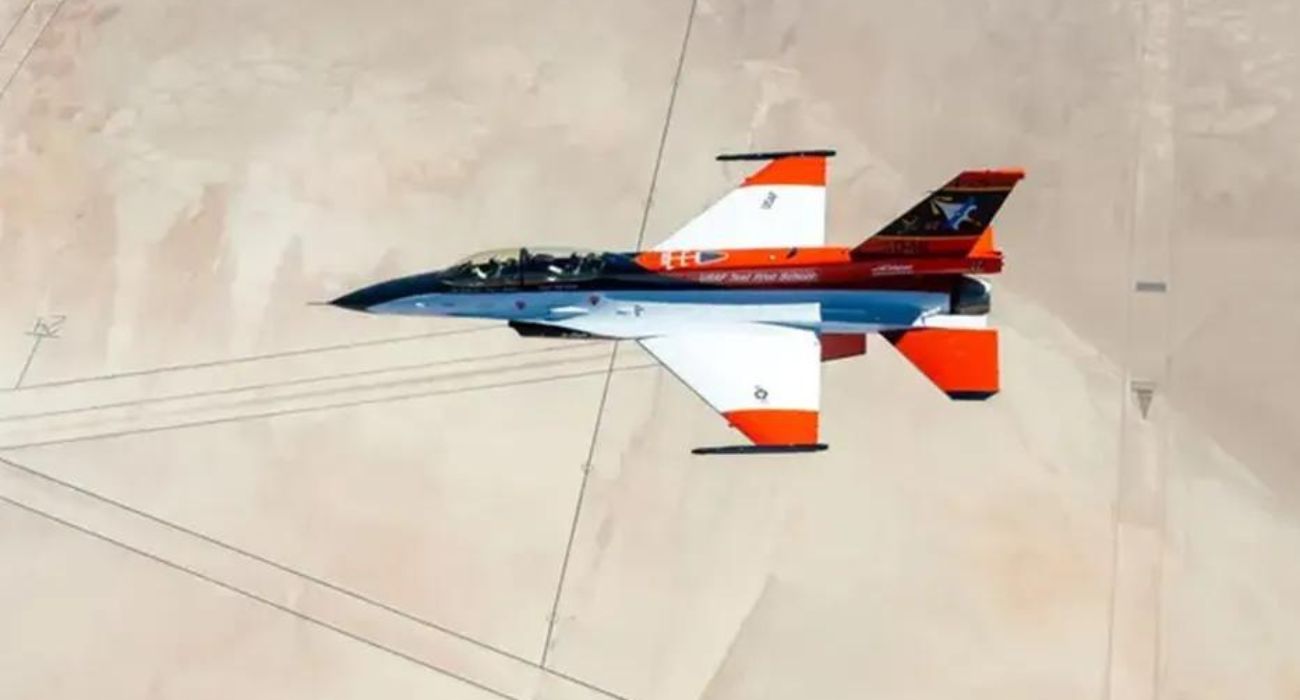The Pentagon released footage showing an incident last week between China and U.S. military aircraft in international airspace above the South China Sea.
Unclassified video footage taken on May 26 shows what the U.S. Indo-Pacific Command described as an “unprofessional intercept” of a U.S. Air Force RC-135 by a Chinese J-16.
Noting that the surveillance plane was “conducting safe and routine operations … in accordance with international law,” the Chinese pilot “flew directly in front of the nose of the RC-135, forcing the U.S. aircraft to fly through its wake turbulence,” according to the statement.
The incident casts a dark cloud over swiftly deteriorating relations between both countries.
Two days earlier, Beijing refused U.S. Defense Secretary Lloyd Austin’s invitation to speak with Chinese Defense Minister Gen. Li Shangfu, according to AP News.
Both military officials will be attending a security conference called IISS Shangri-La Dialogue in Singapore from June 2 to June 4.
On May 30, Foreign Ministry spokesperson Mao Ning explained that Beijing’s unwillingness to open a dialogue with Washington was due to the U.S. refusing to “create the necessary atmosphere and conditions” by disrespecting “China’s sovereignty and security interests and concerns,” according to AP News.
Brig. Gen. Pat Ryder, press secretary for the Pentagon, confirmed the declined invitation and said the Department of Defense (DoD) had not given up on opening lines of communication with Chinese military authorities, according to AP News.
Rather than a random act of a lone Chinese pilot, the recent incident is part of “a wider pattern … in the South China Sea, the East China Sea, the Taiwan Strait and elsewhere,” as one senior defense official told The Wall Street Journal.
China’s military has acted aggressively toward foreign craft in the South China Sea in the past, but these episodes appear to be rising in both intensity and frequency.
For instance, in February, the Philippines accused the Chinese coast guard of using a military-grade laser to disrupt a resupply mission for its navy, as The Dallas Express reported.
Alongside piqued tensions related to spy balloon accusations and trade disputes, the U.S. has stepped up its military alliances with Taiwan and the Philippines through arms deals, joint military exercises, and new military bases, as The Dallas Express has covered.
China, which has long-standing territorial claims over Taiwan and the Spratly Islands in the South China Sea, sees these moves as a direct threat to its national security and interests.
As the U.S. Indo-Pacific Command intends to “continue to fly in international airspace with due regard for the safety of all vessels and aircraft under international law” in the region, incidents such as the one on May 26 are likely to reoccur.






